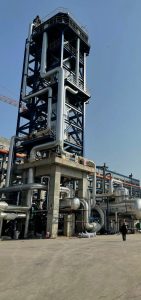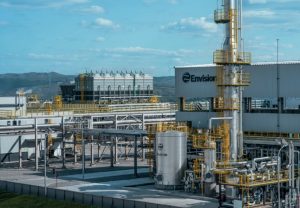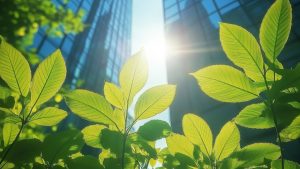
Linde to build ASU for blue ammonia project
Linda has signed a new long-term agreement with Blue Point Number One, a joint venture between CF Industries, JERA and Mitsui. Under the terms of the agreement, Linde will supply industrial gases to Blue Point’s 1.4 million t/a low carbon ammonia plant in Ascension Parish, Louisiana. Linde will build, own and operate a world-scale air […]






